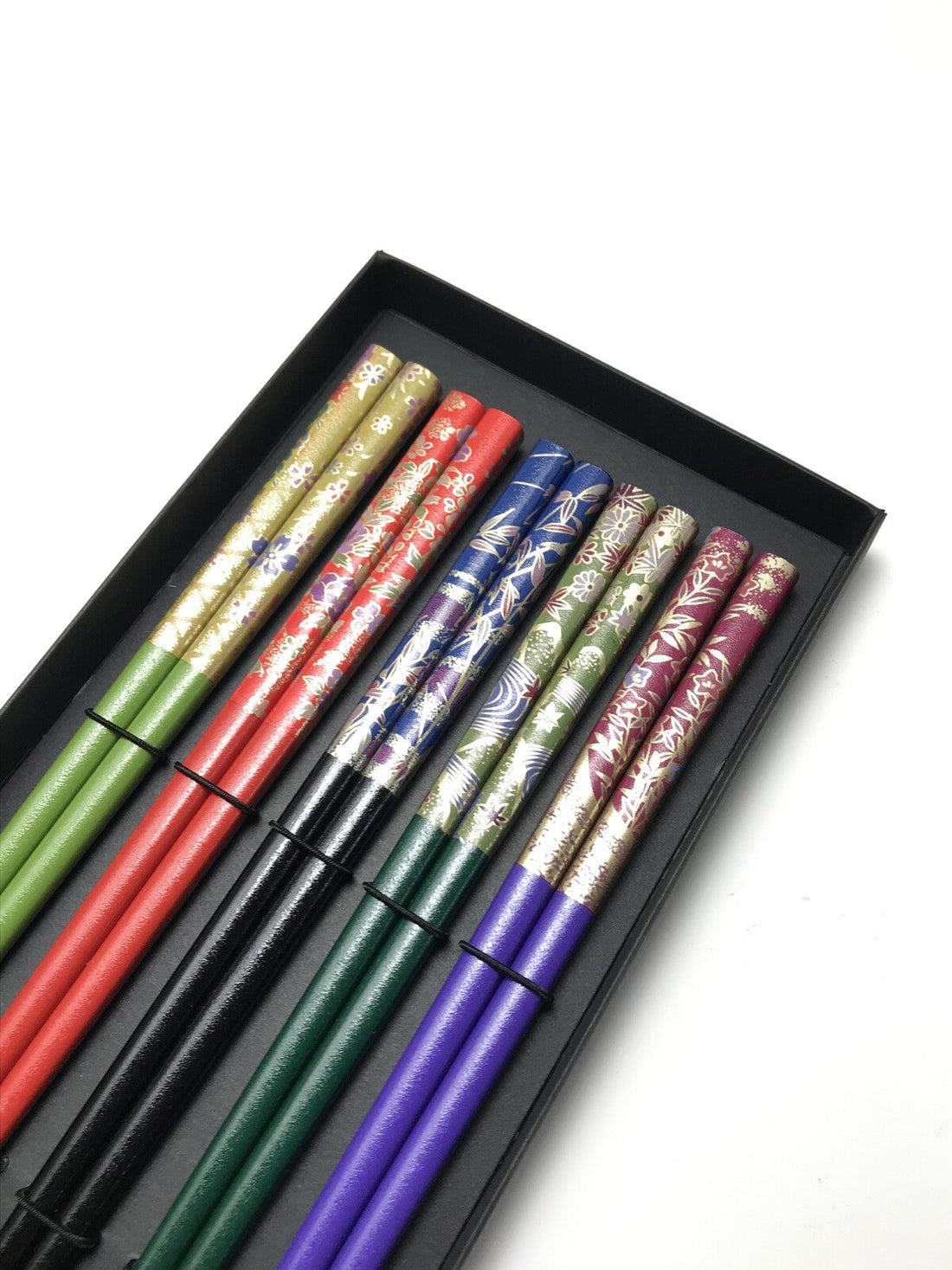
Wakasa Lacquerware: A Craft of Depth and Heritage
Wakasa lacquerware (若狭塗, Wakasa-nuri) is a traditional Japanese craft that originated over 400 years ago in the Wakasa region of Fukui Prefecture. Known for its rich, layered designs and glossy, polished finish, Wakasa lacquerware embodies the beauty of nature, inspired by the shimmering depths of water and the starry night sky.
History of Wakasa Lacquerware
This craft dates back to the early Edo period (17th century) when artisans in Wakasa developed a unique lacquering technique influenced by Chinese and Japanese aesthetics. Originally created for samurai sword sheaths and accessories, Wakasa lacquerware later became popular for everyday items such as bowls, trays, and chopsticks.
Distinctive Features of Wakasa Lacquerware
✔ Layered Lacquering Technique – Craftsmen apply multiple layers of lacquer—sometimes over 100 times—allowing each layer to cure before polishing. This process creates a deep, three-dimensional effect, resembling ocean waves, swirling clouds, or cosmic patterns.
✔ Natural Materials for Decoration – Artisans incorporate materials like eggshells, seashells, pine needles, and gold leaf between the lacquer layers, giving Wakasa ware its signature depth and natural beauty.
✔ Hand-Polished to Perfection – The final step involves meticulous hand-polishing, revealing the hidden layers beneath and creating a smooth, mirror-like surface.

Why Wakasa Lacquerware Stands Out
Wakasa lacquerware is not just about beauty—it’s built to last. The durable lacquer protects the wood, making it highly resistant to moisture and wear. This makes Wakasa items, especially chopsticks, a beloved choice for daily use.
Beyond functionality, Wakasa lacquerware represents Japanese craftsmanship at its finest, preserving centuries of tradition while adapting to modern aesthetics. Whether used for dining, decoration, or as a thoughtful gift, each piece reflects the artistry and dedication of Japan’s skilled artisans.
By choosing Wakasa lacquerware, you’re not just embracing a beautiful object—you’re supporting the preservation of a craft that has endured for centuries.